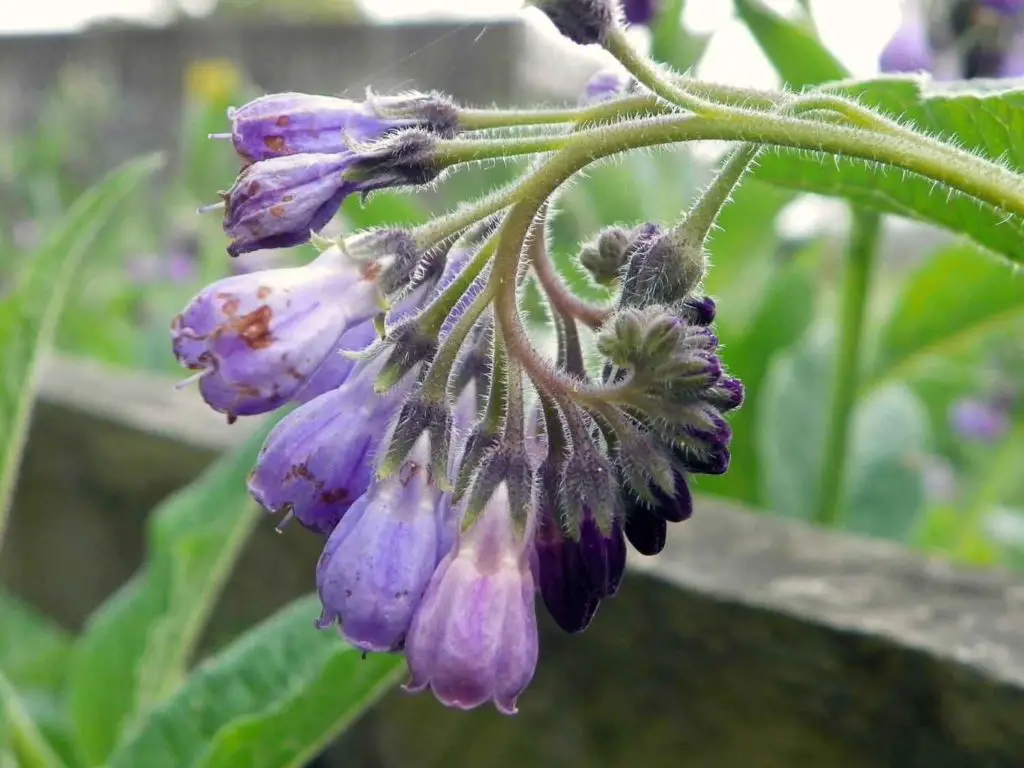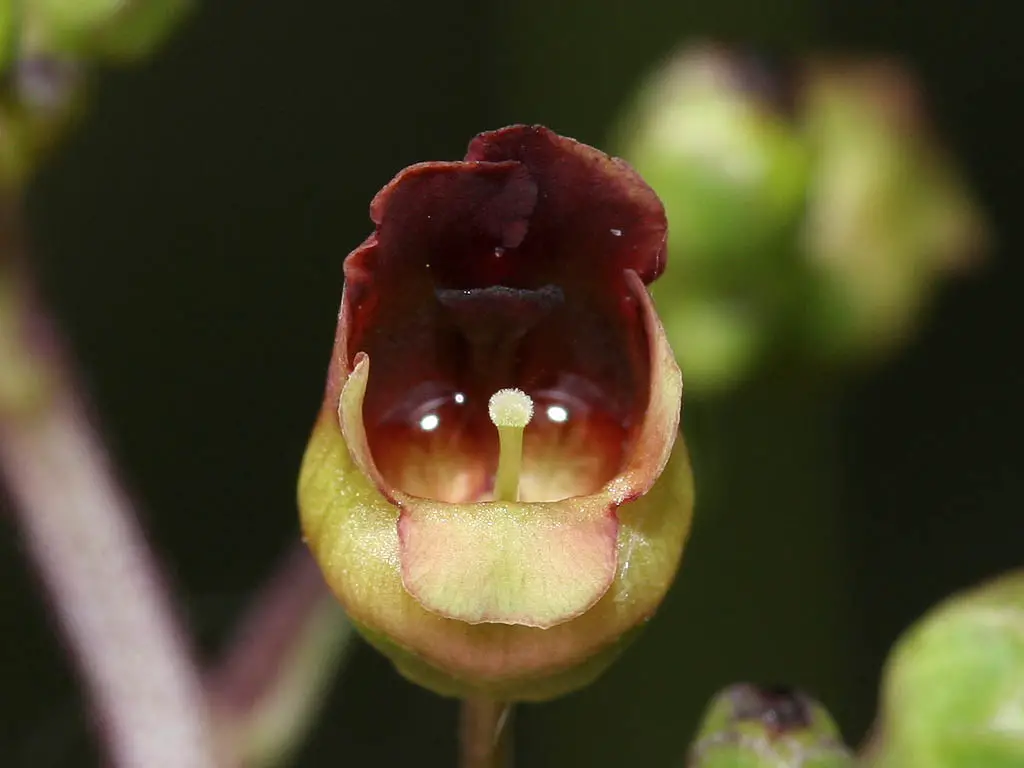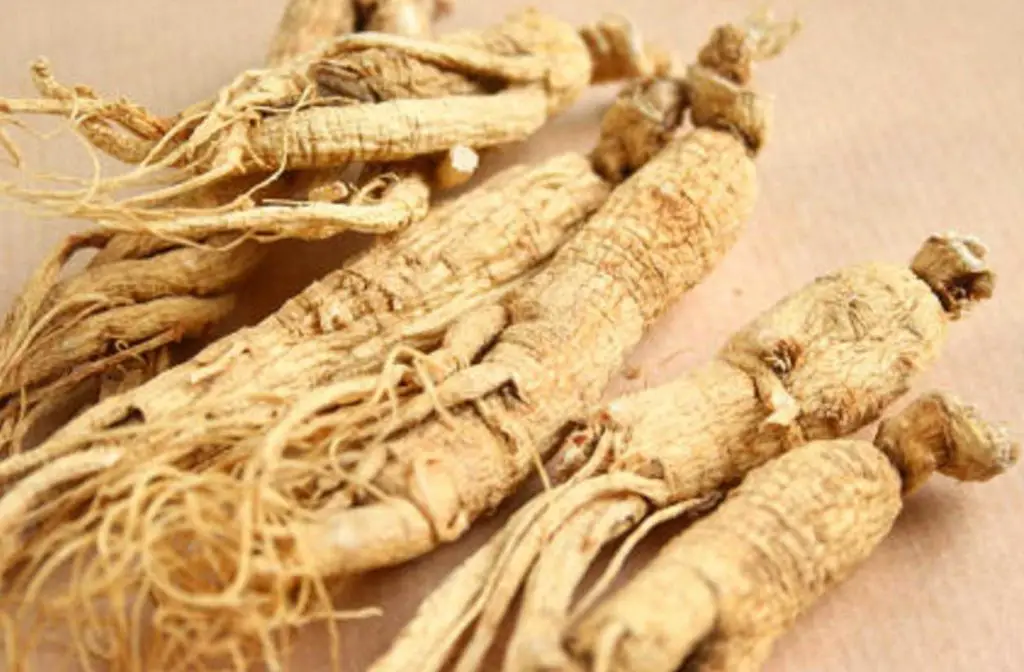What is Guinep?
The Guinep fruit has a large variety of names depending on the country and region. Some of the most common include Mamoncillo, Spanish lime (Florida), ginep (Barbados, Jamaica, Bahamas, Puerto Rico, and Trinidad and Tobago), guayo (Mexico), limoncello (Dominican Republic), mamon (Columbia, Venezuela, El Salvador, Nicaragua, Costa Rica, Panama, Argentina), quenepa (Dominican Republic, Puerto Rico, Columbia), and ackee (Barbados).
Guinep is part of the Soapberry family, or Sapindaceae in Latin. It is an edible fruit tree of the Melicoccus bijugatus species. Horse chestnuts, lychee, maples, and buckeyes are all also members of the Sapindaceae family. These are all fruit bearing, flowering plants of a variety of types: trees, shrubs, herbaceous, or vines. Guinep is considered a “New World” fruit tree and is native to South America, Central America, and the Caribbean. Countries where they are especially found in include Puerto Rico, Haiti, Dominican Republic, Cuba, and Jamaica. The tree will also grow in the southern United States, most successfully in the hot, humid climate of Florida.
Guinep trees usually grow to about 25 meters but is a very slow developing plant. The leaves are made of four elliptic leaflets that can be from 5-12.5 cm. long and 2.5-5 cm. wide. The Guinep tree produces flowers with four petals and eight stamens. In general, the trees are dioecious, but you can occasionally find polygamous (containing both male and female flowers) plants.
Only the fruit pulp—and in some cultures, the seeds—are consumed for dietary purposes. The fruits (or drupes) are covered in a tough, green, leathery skin that protects the internal pulp and crustaceous seed. Most describe the taste of the Guinep fruit pulp as both bitter and mildly sweet with a fibrous texture. The juice is used in pie-filling, jam, marmalade, and jelly. It is also used as a cold drink, which can be made in the home by boiling peeled fruits with water or bought commercially in Columbia. Indians from the Orinoco region roast Guinep seeds and then use them as they would cassava. Medicinally the seeds, pulp, and leaves of the plant are commonly used.
Love Guinep? You might find the Cerasee Plant Interesting.
Guinep Benefits and Uses
People use all parts of the Guinep to treat a variety of conditions. Many of these treatments go back hundreds of years but have only recently begun to be researched for their effectiveness and side effects. Because of the lack of scientific studies for this fruit, many of the treatments below are only supported anecdotally.
Hypertension
The most comprehensive Guinep study ever conducted—from 2012—indicated that the caffeic and coumaric acid in the fruit helped combat hypertension issues. Of these two important acids, the caffeic acid prevents vascular smooth muscle cell production. On the other hand, the coumaric acid creates anti-platelet action in vivo and in vitro. Essentially what this means is that eating a regular amount of Guinep could stave off heart conditions, heart attacks, and strokes.
Antioxidant
A 2014 study found that among tropical fruits, Guinep rated extremely high in the number of antioxidants present in the edible portion of the fruit. Other fruits included in this study were the star apple, cashew, mombin, mamey sapote, white sapote sugar apple, sapodilla, dragon fruit, nance, ilama, custard apple, and black sapote. Antioxidants are important for the prevention of free radicals, and thus can help avert heart disease and cancer.
Cancer
Often people claim that there are studies that prove the Guinep has cancer-fighting properties. These “properties” are often not named or sourced, so the validity is questionable. However, these writers may be referencing the high antioxidant count in Guinep that can help delay the growth of and treat cancer.
Weight Loss
Guineps are low in calories, have no cholesterol, but are high in fiber, which helps to control appetite and has a positive effect on weight loss. The calories of 100 grams of the edible fruit pulp are only between 58.11 and 73. This is quite small considering the small amount of edible material in each fruit. The high levels of fiber, especially from the roasted and ground seeds, help to keep you full. Additionally, the fruit contains Vitamin A, Vitamin C, Calcium, Tryptophan, and Phosphorus, which helps to round out your diet.
Asthma
The pulp of the Guinep has been used to treat respiratory symptoms such as asthma. A 2012 study posited that the presence of caffeic acid in the pulp contributed to the lessening of asthma symptoms by inhibiting the biosynthesis of leukotrienes, which sustain the inflammation present in asthmatic reactions. There is also some anecdotal evidence that the resveratrol derivatives in the pulp of the Guinep fruit helps reduce the severity of asthma attacks.
Digestion
Both the seeds and fruit pulp of Guinep have been used to cure stomach and digestive issues like diarrhea and constipation. For example, groups in Venezuela roast the seeds, grind them, and then mix them with honey or tea to cure diarrhea. In Nicaragua milk from the seed (also called horchata) is used to treat parasites. The pulp of the Guinep is closely attached to the seed and so is usually sucked on until only the pulp’s fibers remain. A 2009 study found that the phenolics and sugars in Melicoccus bijugatus Jacq. fruits could be partially responsible for their medicinal benefits. The phenolics and sugars produced both antibacterial and—in limited circumstances—antifungal properties. Another study from 2018 confirmed the large content of sugars in the peels of the Guinep. A comprehensive 2013 study on the fruit indicates that its most common use is as a gastro-intestinal cure. Phytochemicals that aid this process are found in the seed and pulp. In the seed these include Epicatechin and Procyanidina A-type for diarrhea; catechin dimer and catechin trimer for astringency; Naringenin for parasites. In the pulp important phytochemicals are Ferulic acid and Glucose/fructose for constipation; Phenolics for astringency; Phenolics and Hydroxycinnamic acids for diarrhea. The leaves can also be made into a tea that is commonly used to treat gastrointestinal problems, but this folk remedy lacks any medical backing.
Diabetes
Because Guinep is a fruit, some studies suggest that it’s intake will help lower the probability of diabetic instances. Anecdotally, there is also some research to suggest that Guinep contains a protein that reduces blood sugar level.
For other Jamaican famous herbs, you can also check out the Dog Blood Bush, Bissy Tea, or Guinea Hen Weed.
Guinep Dosage
Leaves: If you plan on uses Guinep leaves to treat intestinal problems like IBS, diarrhea, or stomach pain then you will want to boil five to seven leaves in water. Let it boil for at least 15 minutes in a covered pot. It has been anecdotally claimed that one cup of the resulting tea will help treat any of the digestive problems mentioned above.
Seeds: As will mentioned below, the seed of the Guinep always need to be roasted. The roasted seeds are most commonly pulverized and then mixed with honey or other liquids to make a paste that is taken for digestive issues like diarrhea and the treatment of parasites. No studies indicate the amount of Guinep seeds that must be consumed before benefits can be felt.
Pulp: Guinep are usually sold in fresh bunches. There is no available information on how many of the fruits you need to consume to see substantial effect on a preexisting condition. However, some anecdotal remarks indicate that at least thirty per day will make a difference. While that seems like a large number, remember the that Guinep is a small fruit with little edible pulp. More is not always better with this fruit though, as too much of the pulp can cause some throat irritation—as discussed below.
Guinep Side Effects, Safety, Dangers and Warnings
Some potentially dangerous side effects have been observed with Guinep. Primary among these is a potential for retarded growth in adolescents. The Phenolics in the pulp absorb iron, which can cause iron deficiency in people—like adolescents and children—that are growing quickly. The Government Chemist of the Department of Science and Agriculture in Jamaica vehemently denies this risk, stating that it is only the risk of chocking that makes Guinep dangerous for children. Chocking is a hazard with the Guinep for very small children. It is recommended that you cut the seed from the pulp before giving children under six the fruit.
Because of the astringent phytochemicals found in the pulp and seeds, the Guinep can also cause problems if consumed excessively. The seeds are especially astringent and must be roasted before ingesting to mitigate these properties. There have also been reports of throat irritation when the juice is over-consumed. There are no scientific studies that discuss the safety of ingesting Guinep leaves.
The possibility for iron deficiencies should also make pregnant women careful in their use of Guinep. Anyone that needs a lot of iron should avoid anything that could make them anemic. As with most supplements and “alternative” treatment plans, it is best to consult a physician before adding Guinep to your diet.
References:
https://www.ncbi.nlm.nih.gov/pmc/articles/PMC3264688/
https://www.ncbi.nlm.nih.gov/pubmed/19444610
https://www.ncbi.nlm.nih.gov/pubmed/24444968
https://www.ncbi.nlm.nih.gov/pubmed/24563112
https://www.ncbi.nlm.nih.gov/pmc/articles/PMC3156450/
https://www.jacionline.org/article/S0091-6749(98)70258-1/fulltext
https://www.cabi.org/isc/datasheet/33184
https://hort.purdue.edu/newcrop/morton/mamoncillo.html
https://www.liebertpub.com/doi/10.1089/jmf.2017.0124





Very interesting article. I grew up eating lots of fruits including -mamoncillos-. I ate them with a couple of friends from the neighborhood who had these plants in their house. The tree that provides them is very common to find in the patios (backyard) of houses in Cuba. Both in rural areas and in cities. It is highly appreciated by all, especially in the summer, which is the season for this fruit and it seems that it comes on purpose to cool the body from the intense heat, typical of this tropical area north of the Caribbean Sea.